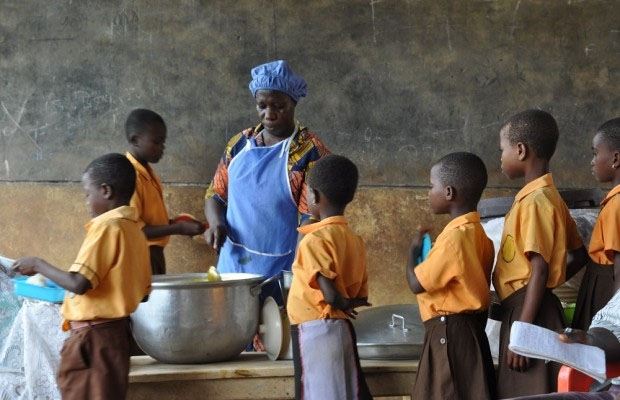Stakeholders in Nutrition intervention have called for tight supervision on the Ghana School Feeding Programme to ensure food served to school children are done in a safe environment and also address the nutritional needs of the children.
The call followed complaints by stakeholders at a meeting in Koforidua that food served to school children in many instances didn’t meet the four-star diet critical for the nutritional requirements of school-going children.
The four-star diet as recommended by UNICEF for children includes staples like cereals, starchy roots and tubers; legumes; fruits and vegetable sources as well as animal protection sources like milk and eggs.
The participants made the call at the Eastern Regional Stakeholders’ meeting on the school-aged Nutrition Interventions programme implemented by the Ghana Health Service in collaboration with the Ghana Education Service.
It was aimed at helping stakeholders to deepen their understanding of the nutrition programme and to agree on its operational steps at all levels.
The participants noted that the environment in which food was prepared and distributed to school children needed to be enhanced for optimal benefits.
Eastern Regional Director of Education Mary Osei Asamoah, noted that caterers were told to pre-finance and be paid later and should therefore have no excuse for not providing the right nutritional food requirement.
She said caterers were doing pure business and had been contracted based on criteria and so should not “hide behind non-payment to breach the agreement.”
She called on the Parent-Teacher Associations, School Management Committees, opinion and community leaders to report caterers who provided substandard foods to the respective Municipal and District Assemblies for action.
Earlier, Eastern Regional Nutrition officer Rhoda Kyei-Yamoah, indicated that the School-aged health and Nutrition Interventions were to improve the nutrition of children and adolescents for better health outcomes in the future.

